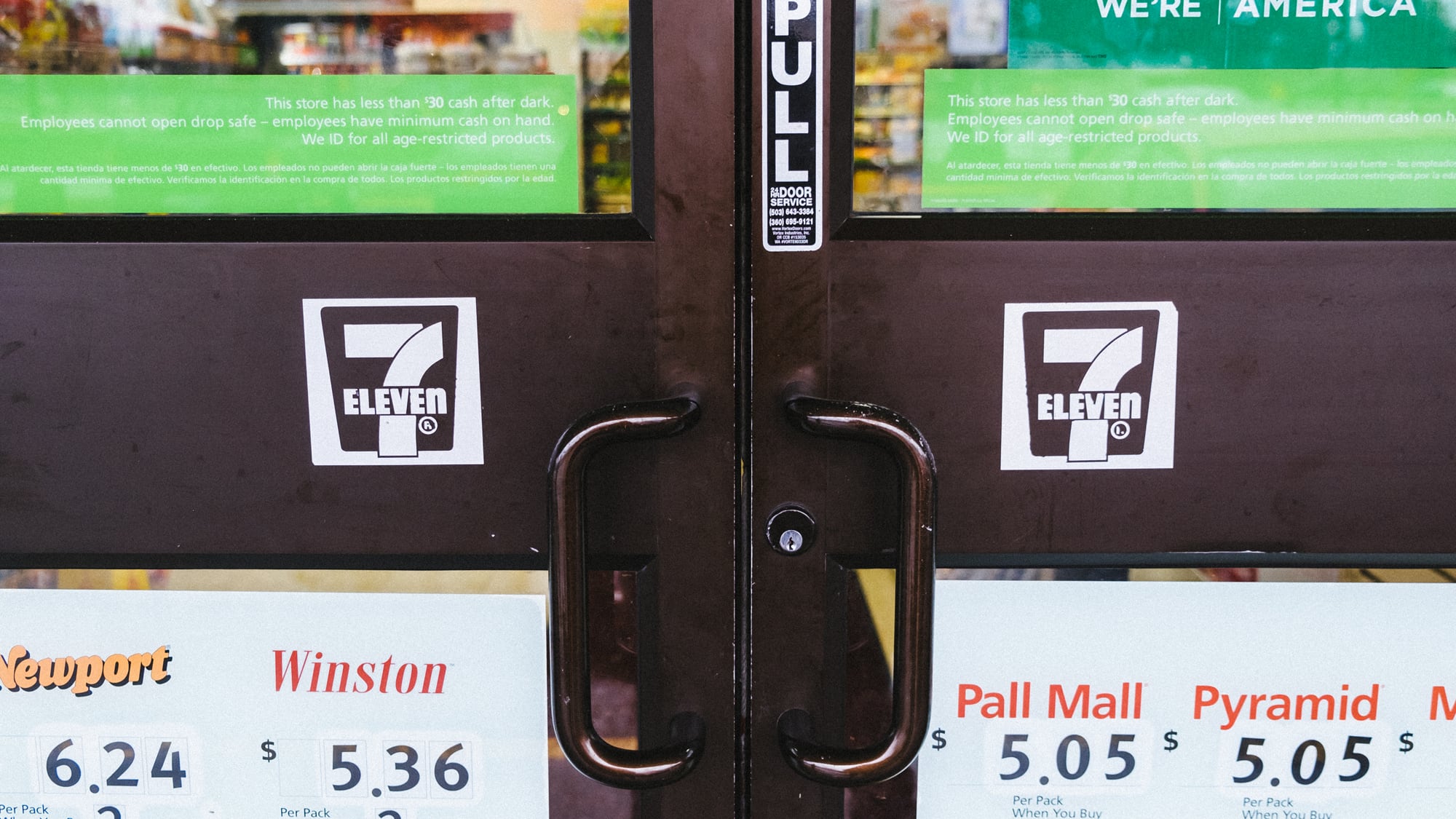Everybody agrees Russell Courtier and Colleen Hunt killed Larnell Bruce Jr. by running him over with a Jeep—even Courtier and Hunt.
From the outside, the case seems clear: An avowed member of a white supremacist gang mowed down a black teenager outside a Gresham 7-Eleven. Prosecutors charged Courtier and Hunt with murder and "intimidation," which is Oregon's bias crime charge.
But as the state and defense have presented evidence in the case and proposed their opposing narratives of what happened on Aug. 10, 2016, the complexity of the case has become apparent. The prosecutors are trying to prove murder and intimidation beyond a reasonable doubt. The defense lawyers have been working hard to raise doubt at every turn.
To convict on the intimidation charge, prosecutors will have to show racial bias motivated the crime. After four days in court, that seems harder than it did when the trial began.
Here are four reasons the hate crime trial may be more complicated than it seems:
1. The incident started with a fight in which Courtier "got his ass kicked."
Almost immediately after Courtier stepped out of the red Jeep, wearing a hat emblazoned with the European Kindred shield and his gang tattoo on display, a fight broke out between him and Bruce. Witnesses say they did not see or hear what started the fight. Ashton Gotcher and Alec Belgarde, who testified as eyewitnesses, say Courtier lost the fight. Bruce knocked Courtier to the ground and slammed him against one of the 7-Eleven's windows, cracking the glass. Courtier ran to the back of his Jeep, fumbled around and pulled out a blue aerosol can. Bruce grabbed a large machete-style knife he had been trying to sell to friends that night. That's when Courtier retreated to the driver's seat of the Jeep. Courtier's defense team has suggested he may have sustained a head injury that affected his judgment.
2. Not all European Kindred members espouse white supremacist views, but many do.
Several expert witnesses testified about Courtier's gang, European Kindred, including Randy Blazak, a professor at Portland State University who studies prison gangs and white supremacist groups. They pointed to a letter Courtier wrote while in prison, his active membership in the gang, and the EK hat he was wearing as evidence he was still closely affiliated with the group on the night of Bruce's death. But they agreed there was not enough evidence to conclude for certain that Courtier was an avowed white supremacist.
3. Witnesses did not hear Courtier or Hunt use racial slurs.
Complicating the prosecution's case, neither Courtier nor Hunt used racial slurs during the fight just before they ran down Bruce. But Courtier used a racist slur to describe black people afterward, while sitting alone in a police interrogation room.
4. Prosecutors built part of their case on the fact Courtier was driving 51 to 57 mph when he struck Bruce. That figure was wrong.
A police officer incorrectly calculated Courtier had been driving between 51 and 57 mph just before he struck Bruce with the Jeep. The officer forgot to convert feet per second into miles per hour. The actual speed, based on the officer's measurements, was closer to 35 mph. Defense attorneys highlighted this error and used it to question what else might be wrong with the police investigation.

